 1950-2025 Roots and Wings
Discover our 75th anniversary
1950-2025 Roots and Wings
Discover our 75th anniversary
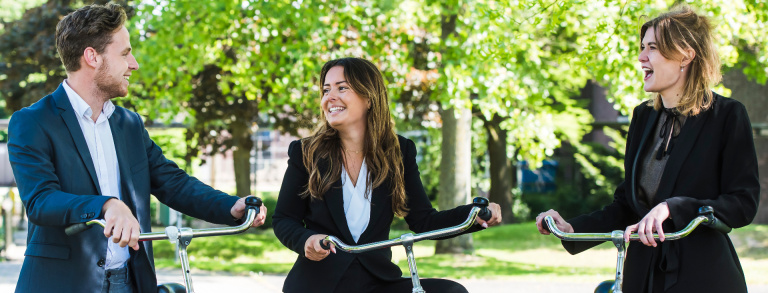
Antonia Wirtz: winner of the global mind blog
Smile through the mask
"Under normal circumstances you see the smile by looking at the whole face. There is only little space for misunderstanding. But what happens if most part is hidden under a face mask?"
Antonia: "When writing my blog, my main source of inspiration was the feeling of insecurity and doubt if the guest understood my smile with the facemask on. I wondered if other students have had the same problem during Covid-19 and remembered a lecture from last year about intercultural skills, where non-verbal cues in different culture were being discussed. Who would have known that this topic would be so important one year later?"
With her blog, Antonia has won a stay at Black Label Hotels!
Read her blog below.
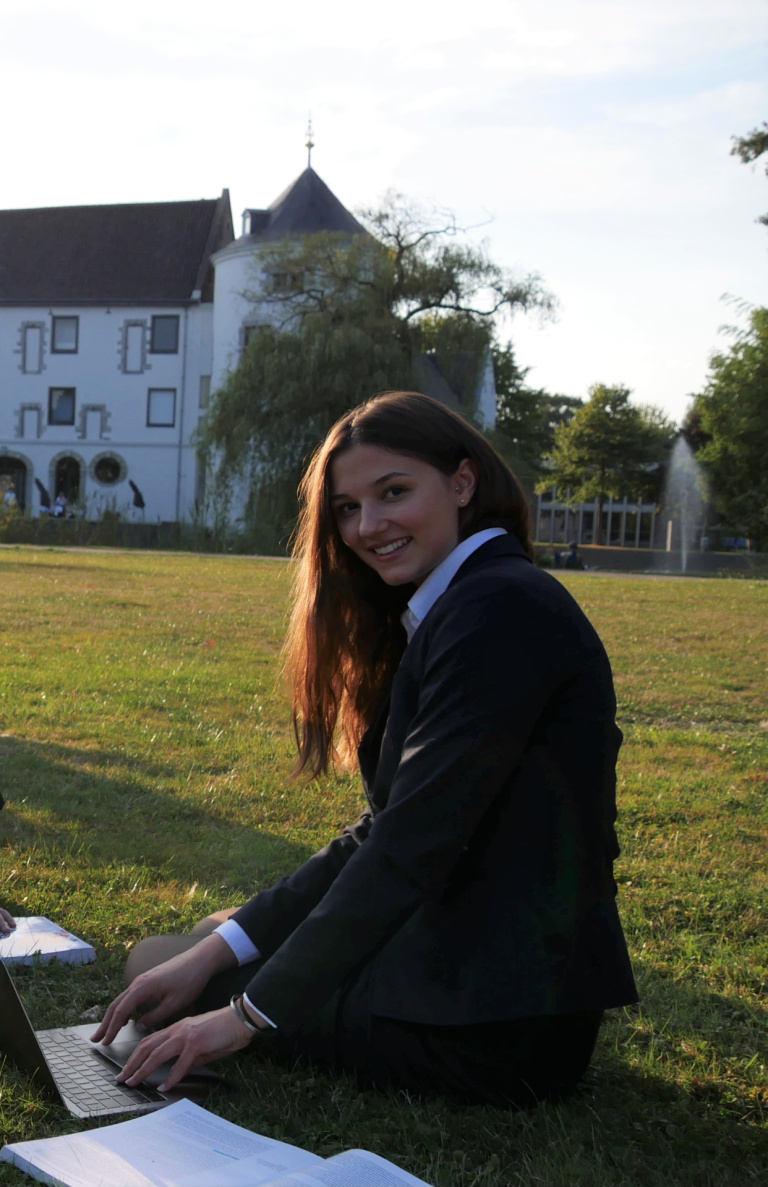
Smile through the mask
Walking past the reception, I see a guest checking in. He is in the middle of a conversation, so I give him a smile instead of interrupting him by saying ‘hello’. Immediately I start thinking: ‘Did he notice that I smiled? Maybe I should have greeted him verbally…’
They say a warm smile is the universal language of kindness. No matter the culture, no matter the language. It is a common gesture that everyone understands. But I have to say, working in a hotel during the Covid – 19 pandemic has made me wonder…
I came to realize that I have been questioning my non-verbal cues more than ever before. Under normal circumstances you see the smile by looking at the whole face. There is only little space for misunderstanding. But what happens if most part is hidden under a face mask?
Exactly, we tend to miss non-verbal cues and changes in emotions. But there is something else – the eyes. Eyes can tell us a lot about other people’s emotions and luckily, we can look right at them despite the mask. But is everyone able to read eyes equally in the way they understand a smile equally?
Cultural differences
Depending on the culture, people tend to focus on different parts of the face to identify emotions. That’s where I realised, that wearing face-masks may teach Westerners one or two lessons, that Eastern people might have internalised already.
If you look at the emoticons in the West and the East, the difference is quite visible.
Western emoticons change in the mouth region which means that they scan the whole face with focus on the mouth. On the contrary, Eastern emoticons change in the eyes which means that the focus lies on the eyes.

Keep smiling
It goes hand in hand with living in a high-context culture in which people are more used to interpreting non-verbal cues. They rely on the context rather than saying explicitly what they want to say. Most countries in the East are high-context countries whereas countries in the West are more likely to be a low-context culture. Just like the Netherlands, where I am having my internship. This means that the questioning of my smile might be necessary. But what can we do?
If you want to make sure that everyone, no matter the culture or language understands your smile and non-verbal cues again, there are a few tips I can give you.
Try to smile with your eyes while using a mirror. Let the smile reach your eyes so that they crinkle as well. Practice it several times and think of the warmth that you want to express. You can feel the difference in your face. If you squint a little bit, not too much though, you will add an even more friendly touch. Otherwise, you can also add a short nod paired with a smile.
No matter how you do it, it is important to keep smiling during these times - even if it is through a mask.
Highlights
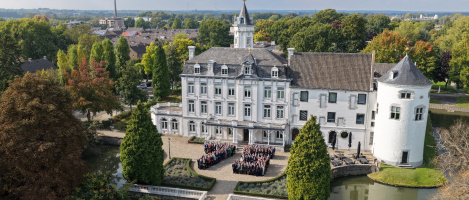
Terugblik op 2025: hoogtepunten van Hotel Management School Maastricht
2025 was a year full of change and memorable moments for Hotel Management School Maastricht.

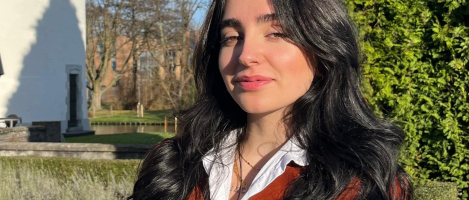
Future Game Changers | Maia Povia
In this blog, Maia Povia, a Future Game Changer, shares her experiences, ambitions and vision for the future of hospitality.

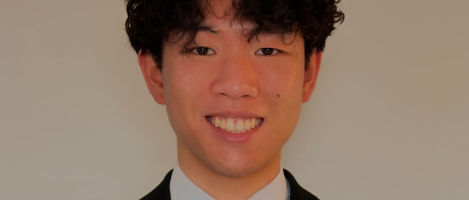
Future Game Changers | Mickey Venendaal
In this blog, Mickey Venendaal, a Future Game Changer, shares his experiences and vision for the future of hospitality.

